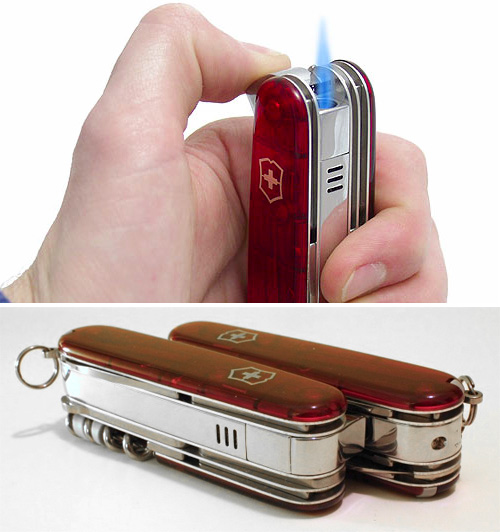
By Andrew Liszewski
How many times have you snatched a keyboard away from a non-typist friend or family member because you couldn’t stand the agonizing wait while they sat there and searched for the next letter? Well Faith Quintavell experienced a similar thing while waiting for a mechanic to type in the details for a long line of “impatient clients.” But instead of flipping out and just doing it herself, the experience inspired her to create the Fast Finger Keyboard which features the keys laid out alphabetically, making them easier to find. And as an added bonus, the function keys across the top of the keyboard also double as shortcuts for common prefixes like ‘www’ or the ‘@’ symbol, as well as common IM abbreviations.
Normally I’d recommend that everyone should invest the time to become a touch typist as it’s most definitely a useful skill these days, but I’ve come to realize that isn’t going to happen. So for just $27.95, this is at least an affordable alternative.
[ Fast Finger Keyboard ] VIA [ Chip Chick ]





Eh, reduce the amount of time it takes? Maybe. Make them fast? No. Also, the speed they move when they're at any computer besides their own will now significantly decrease, as they're even less used to a QWERTY.
Not that I can say much. I never learned the “correct” way to type. But I also remain pretty fast, if error-prone.
I wonder who decided the original key arrangement in the first place? Now I'm going to have to find out or it will drive me insane. Hmmm, typewriters have been around for over 250 yrs, I think, sooo…..
I wonder who decided the original key arrangement in the first place? Now I'm going to have to find out or it will drive me insane. Hmmm, typewriters have been around for over 250 yrs, I think, sooo…..
As I understand it (though I could be wrong) the original QWERTY layout was designed specifically for typewriters, as it kept the most used characters spaced out on the keyboard to help reduce jams inside the typewriter. Or at least that's what DVORAK supporters use to claim the superiority of their layout, since QWERTY was apparently designed to slow typists down.
Here it is:
“In 1875, Christopher Sholes with assistance from Amos Densmore rearranged the typewriter keyboard so that the commonest letters were not so close together and the type bars would come from opposite directions. Thus they would not clash together and jam the machine. The new arrangement was the “QWERTY” arrangement that typists use today.”
Here it is:
“In 1875, Christopher Sholes with assistance from Amos Densmore rearranged the typewriter keyboard so that the commonest letters were not so close together and the type bars would come from opposite directions. Thus they would not clash together and jam the machine. The new arrangement was the “QWERTY” arrangement that typists use today.”
It is qwertyuiop because you can type the word
TYPEWRITER
by using the first row only! 🙂
Here it is:
“In 1875, Christopher Sholes with assistance from Amos Densmore rearranged the typewriter keyboard so that the commonest letters were not so close together and the type bars would come from opposite directions. Thus they would not clash together and jam the machine. The new arrangement was the “QWERTY” arrangement that typists use today.”
It is qwertyuiop because you can type the word
TYPEWRITER
by using the first row only! 🙂